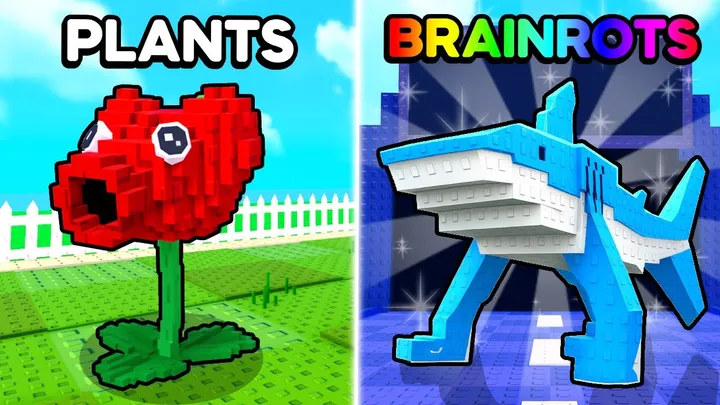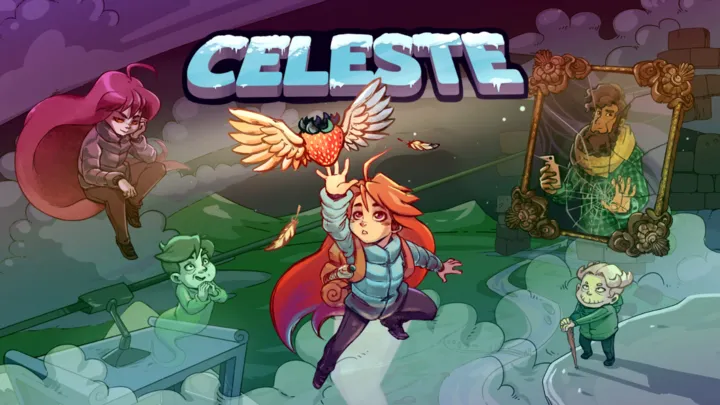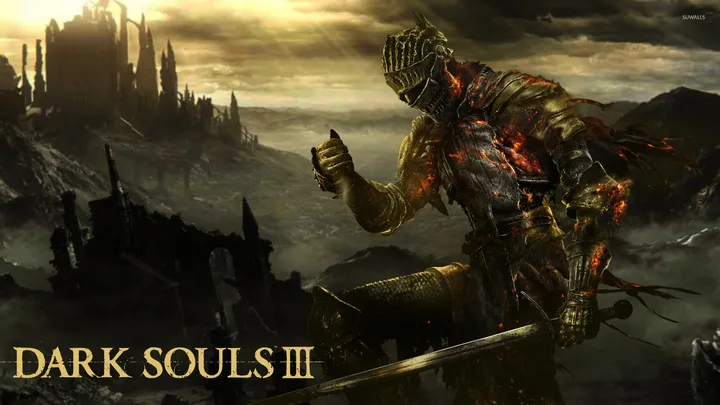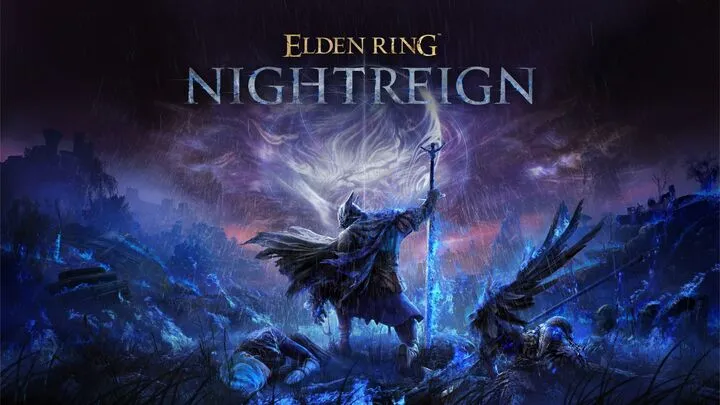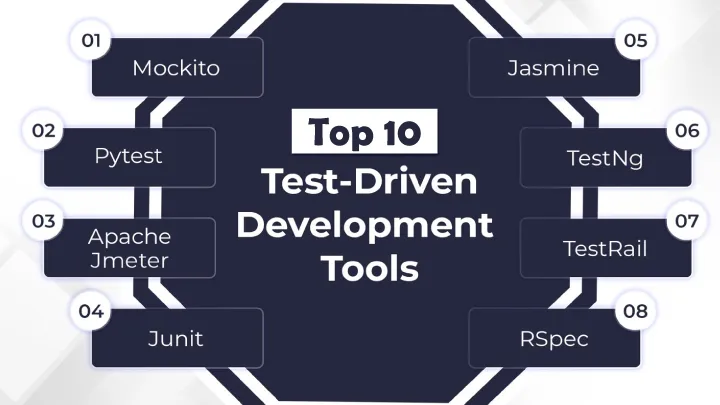Sonic Racing: CrossWorlds isn’t just about speed; it’s about cooperation. Unlike traditional racing games where first place is the only goal, this game challenges players to think about how their actions affect the entire squad. Team mechanics define the core experience, and many players struggle to balance personal performance with group strategy. This guide dives deep into the specific issue of team synergy, breaking down its complexities step by step, from beginner misunderstandings to advanced tactics that can secure consistent wins.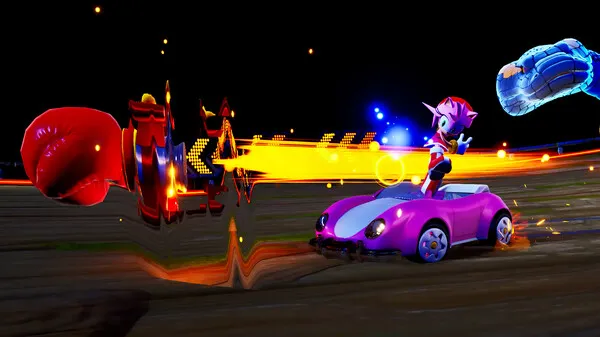
Understanding the Core of Team Synergy
At its heart, team synergy in Sonic Racing: CrossWorlds revolves around how three players coordinate roles to maximize shared performance. Each team member—Speed, Technique, and Power—has unique contributions, and failing to use them in harmony leads to wasted potential.
New players often mistake synergy for simply staying close together. In reality, the system demands constant communication, awareness of teammates’ positions, and correct usage of shared boosts. Without synergy, even the fastest racer will falter.
How to Recognize the Roles Within a Team
Every team in CrossWorlds is built on three roles, each with advantages that can support or cripple group performance.
Speed
- High velocity and rapid acceleration.
- Provides slipstreams for teammates to follow.
Technique
- Navigates off-road with no penalty.
- Collects rings efficiently for team boost power.
Power
- Breaks obstacles, opening paths for allies.
- Absorbs damage and clears hazards.
Understanding these roles is the foundation of synergy. A successful team knows not only its own abilities but also how to complement others.
Common Mistakes in Team Synergy
Many players fail at synergy because they prioritize individual results over teamwork. The most frequent errors include:
- Speed players abandoning teammates to chase first place.
- Technique racers hoarding rings instead of sharing opportunities.
- Power characters smashing obstacles without considering team positioning.
These mistakes turn a race into three solo runs, which almost always loses against a coordinated team. Recognizing and avoiding these errors is step one toward real synergy.
How to Use Slipstreams and Item Sharing
Slipstreams and item-sharing are two of the most crucial mechanics in CrossWorlds.
Slipstream Tactics
When a Speed racer takes the lead, they create a golden trail behind them. Teammates who follow this trail gain a speed boost. The trick is maintaining alignment long enough to maximize acceleration.
Item Sharing
Instead of selfishly hoarding Wisps, teammates should use the “item transfer” mechanic. Sharing the right Wisp at the right time—like giving a protective Cube to a vulnerable teammate—can completely shift the race.
Together, these mechanics embody the essence of synergy: helping others makes the team stronger.
Timing the Team Ultimate
The Team Ultimate is the most powerful weapon in CrossWorlds, but it’s often wasted through poor coordination.
1: Stacking Boost Power
The ultimate charges faster when players exchange items, ride slipstreams, and collect rings. Teams that practice these mechanics can trigger ultimates earlier and more often.
2: Synchronized Activation
The key is activating all three ultimates nearly simultaneously. This not only gives the longest speed burst but also allows the team to overtake multiple opponents at once, flipping the race’s momentum.
How to Communicate Effectively
Synergy doesn’t happen without communication, whether through voice chat, quick in-game signals, or pre-agreed strategies.
Practical Communication Rules
- Call out when collecting key Wisps.
- Signal before using Team Ultimate.
- Update positions so teammates know where to focus support.
Clear communication transforms chaotic racing into a coordinated ballet, where each action feeds into the group’s success.
Advanced Team Strategies
Once the basics are mastered, advanced synergy emerges. These strategies can turn average teams into nearly unbeatable ones.
Rotating Leadership
Instead of one racer always leading, teams can rotate roles depending on terrain. For example, let a Technique character lead during off-road segments, then switch to Speed on straights.
Sacrificial Play
Sometimes, one racer must intentionally slow opponents with Wisps or block paths, allowing teammates to secure better positions. This unselfish tactic is often decisive in competitive matches.
How to Counter Opposing Synergy
A well-synchronized enemy team can be intimidating, but there are ways to break their coordination.
- Use disruptive Wisps (like Lightning) when they’re lining up slipstreams.
- Target the leader of their ultimate chain to cut momentum.
- Position your Power character to intercept and break their path.
Anticipating opponents’ synergy is just as important as mastering your own.
Building Long-Term Team Chemistry
True synergy develops not in a single match but through repeated play with consistent teammates.
Steps for Growth
- Review replays together to analyze missteps.
- Practice timing ultimates in custom matches.
- Develop a shared vocabulary for quick commands.
This long-term development creates intuition, where players act in harmony without needing to over-explain.
Perfecting the Balance Between Individual Skill and Team Play
The hardest lesson in CrossWorlds is learning that personal glory doesn’t always equal team victory. Sometimes finishing second or third while enabling teammates leads to overall success.
Striking this balance is the final stage of mastering synergy. It requires maturity, awareness, and the humility to place the team above oneself.
Conclusion
Team synergy is the beating heart of Sonic Racing: CrossWorlds. Mastering it means moving beyond selfish play and embracing mechanics that reward cooperation: slipstreams, item-sharing, ultimate timing, and communication. By understanding roles, avoiding common mistakes, and practicing advanced strategies, players can transform their squads from disorganized racers into coordinated champions.
